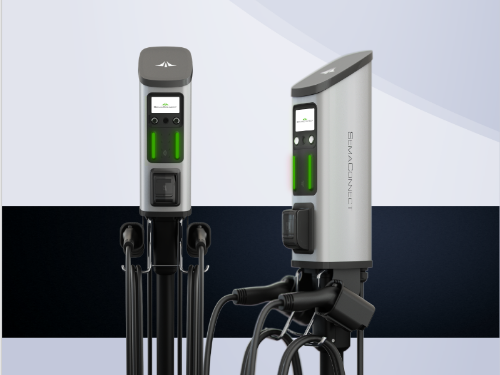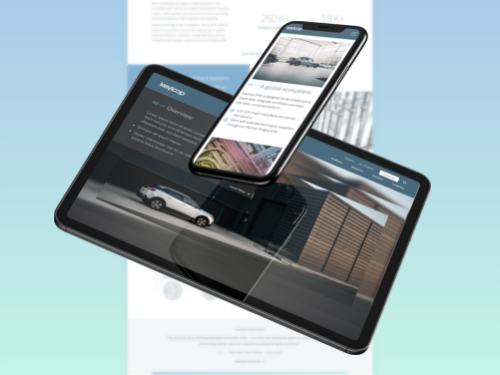We are currently living through a transformation period where sustainability and conservation efforts have been thrust into center stage. Consumers are increasingly looking to businesses to take the lead in addressing environmental and social issues. This means it’s time to ensure your branding efforts reflect the environmental values of your customers so you can build trust and attract new customers.
To be able to stand out in the market and be seen as a company that is striving for sustainability, which encompasses more than just being environmentally friendly, but also socially responsible and economic viability, it’s time to develop a brand that exudes the values of being “green.” In this blog, we’ll lay the foundation for how to get there.
What Is Sustainable Branding?
Sustainable branding is an approach to branding that focuses on a company’s commitment to sustainability and environmental and social responsibility. It involves communicating a company’s sustainability values and highlighting initiatives it takes towards a more eco-friendly future. It encompasses a holistic approach that considers the environmental, social, and economic impact of a brand’s actions throughout its entire lifecycle.
What Does Sustainable Branding Look Like?
There are many ways to help your brand evoke the message of sustainability.
1. Color Palettes with Eco-Friendly Symbolism
The colors you choose for your brand evoke different emotions from your audience. For example, red symbolizes a brand that is ambitious, confident, and bold, whereas navy exudes responsibility, integrity, and peace.
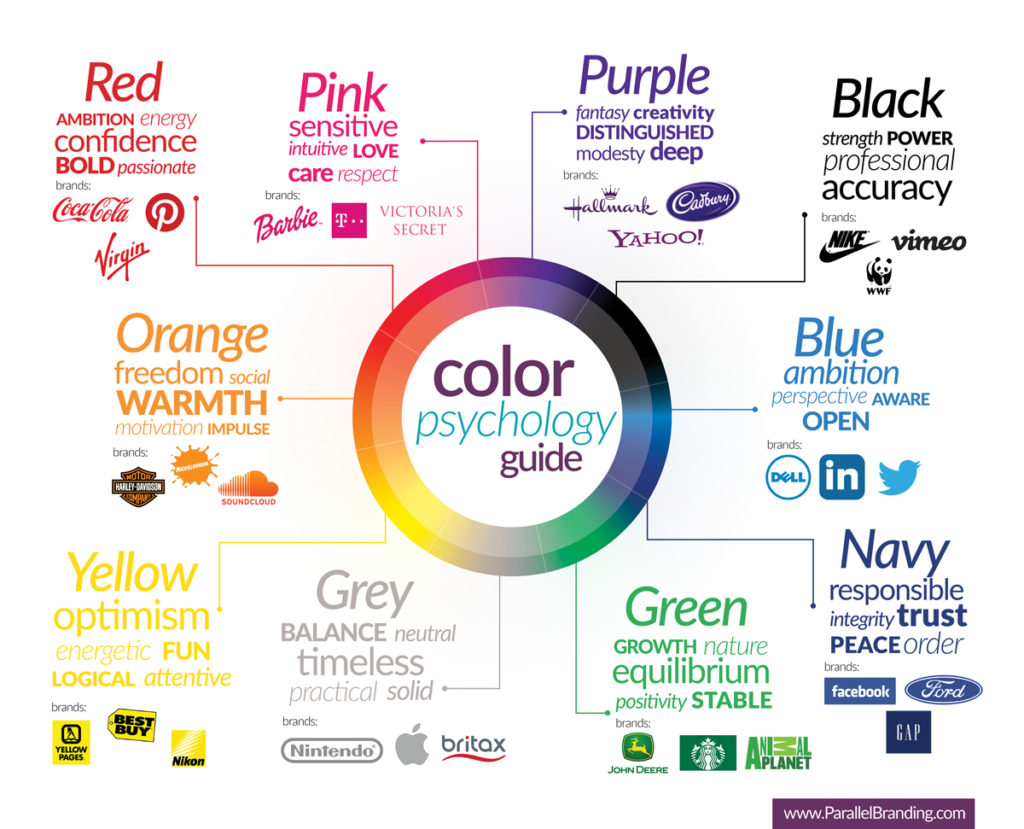
When it comes to establishing a color palette that feels sustainable, green feels like a very obvious choice. However, other colors that reflect nature, such as neutral earth tones and blues, can evoke a similar feeling.
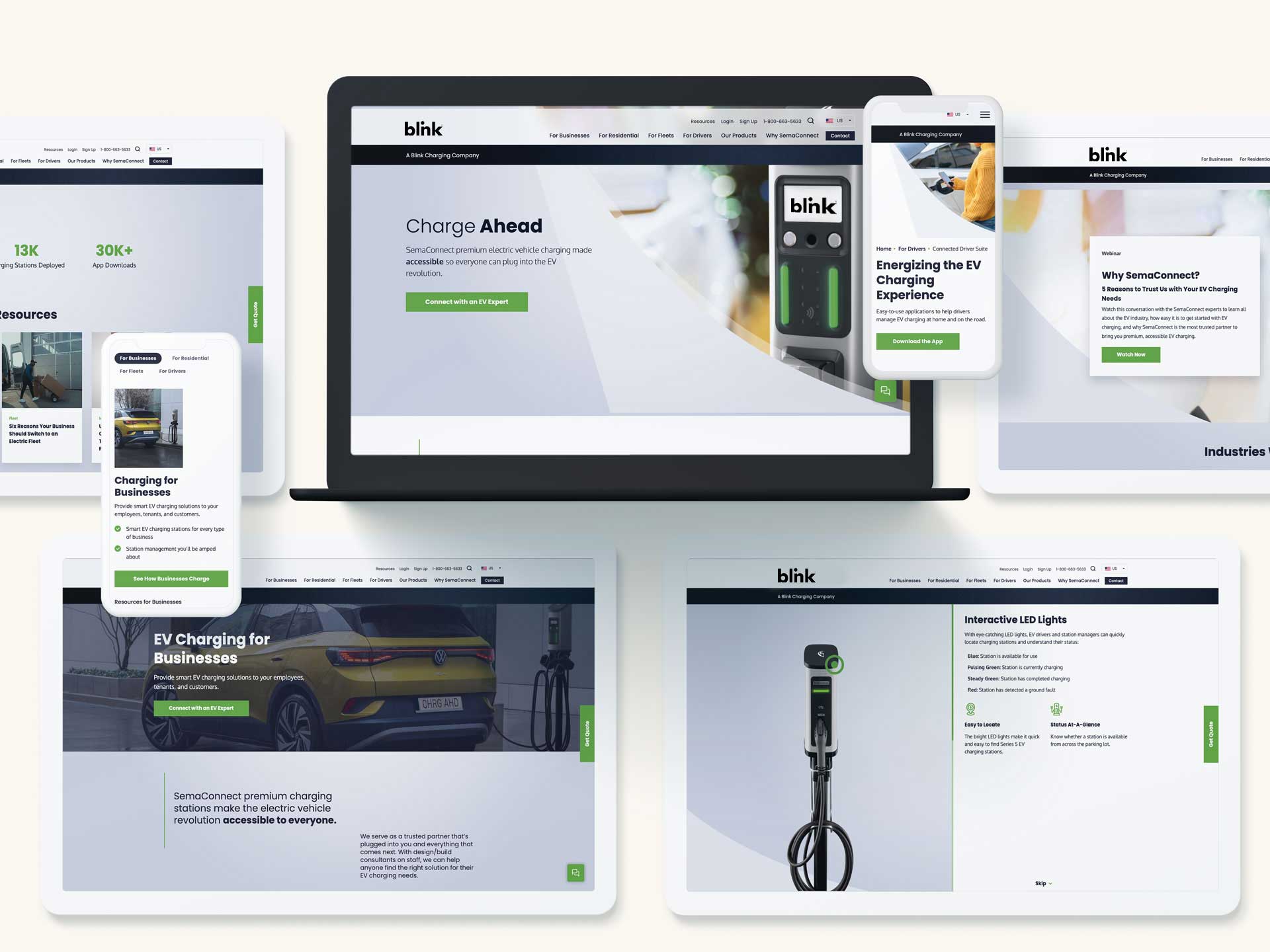
Bluetext client, Blink, knows a thing or two about sustainability. To emphasize their eco-friendly products and business mission, they utilize an eye-catching green with soothing cool blue tones and organic curves.
2. Eco-Friendly Typography
The typography you select for your sustainable brand can speak volumes about your brand’s values. Clean, sans-serif typography exudes modernity and reinforces the clean and minimalist values of your brand, and even reduces the amount of ink needed to print. Arial, Courier, and Garamond are considered some of the most print-efficient fonts on account of thin line work and minimal frills. But, did you know there are even fonts developed to minimize the amount of ink needed to print? This font, called Ryman Eco, maybe a little too custom for some businesses but serves as a great example of commitment to sustainable operations.

3. Nature-Inspired Imagery & Graphics
Your sustainable brand should incorporate visuals that reflect nature and eco-consciousness. Consider nature-inspired brand elements, such as plants or animals, to evoke a sense of environmental responsibility.
How to Establish a Sustainable Brand
However, sustainable branding goes beyond greenwashing or superficial efforts; it involves genuine efforts to minimize harm and make a positive difference in the world.
1. Establish a Timeless Design System
Look to establish a well-designed logo and brand system that can easily evolve. When you can keep the same logo, typography, color palette, and brand elements, you are innately going to reduce the number of manufactured branding assets you will need to update. For example, if your logo remains the same and you have a simple, yet effective business card design, you will not need to require your employees to throw out dozens or hundreds of business cards. The same goes for any printed collateral you hand out at trade shows or corporate events.
2. Consider Environmentally-Friendly Marketing Materials
Once your timeless brand is established, consider leveraging recycled materials and environmentally-friendly packaging for your marketing materials. This refers to everything from the type of paper you use for collateral to the ink you use on that paper. With so many options available today, there’s no excuse to not use environmentally friendly materials. Especially when 67% of consumers think it’s important that the products they buy come in recyclable materials.
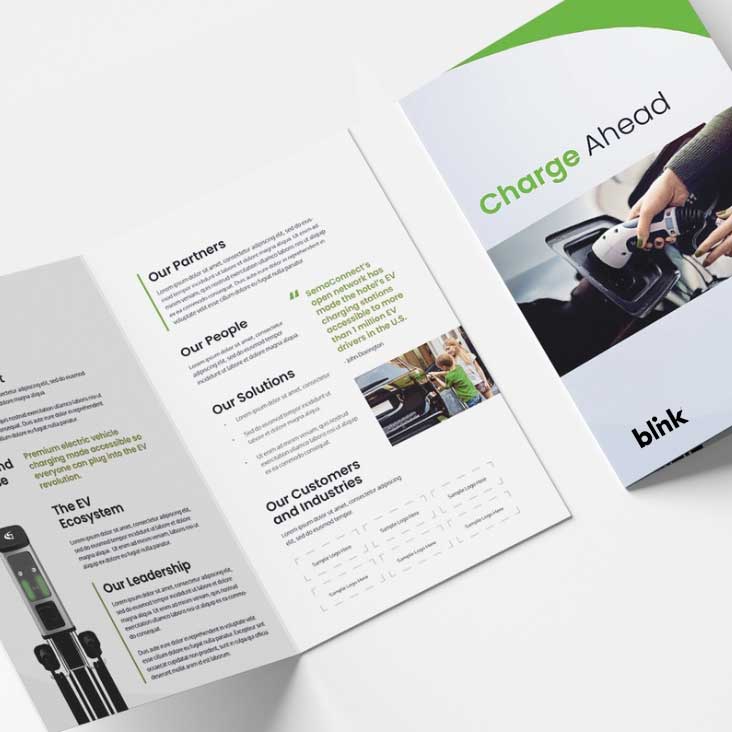
3. Keep Design & Production Local
When you’re expanding your marketing efforts, consider producing and sourcing locally when possible. You can do so by finding a local branding agency to avoid long-distance travel or sourcing a local printer to avoid shipping produced materials over long distances.
Ready to get started with developing your sustainable brand? Contact Bluetext today to get started.
